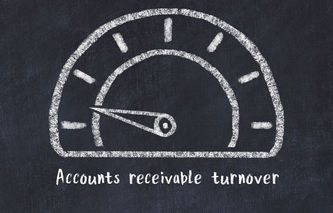Definition
An efficiency ratio, the asset turnover rate is a measure of management's ability to use assets to produce sales. It measures the amount of sales (revenues) generated per dollar of assets. As is commonplace with efficiency metrics, the formula uses information from both the balance sheet (assets) as well as the income statement (revenues).
Calculation
Asset Turnover Rate = Sales / Average Assets
Explanation
When determining this rate, the assets that are not contributing directly to sales, such as long-term investments or loans made to officers of the company, should be excluded from this calculation. A higher value of asset turnover suggests that management is making better use of its resources, which could translate into a higher rate of return on total assets.
When drawing conclusions about the relative performance of a company, benchmark comparisons should be made with competitors in the same industry. This is particularly true with this ratio. Industries or companies that have low profit margins will usually have high asset turnover rates.
Example
Last year, Company A had revenues of $29,611,000; assets for the current and prior year were $31,616,000 and $30,156,000 respectively. The company had no long term investments. Using the above formula, asset turnover rate is:
= $29,611,000 / ($31,616,000 + $30,156,000) /2
= $29,611,000 / $30,886,000, or 0.96



